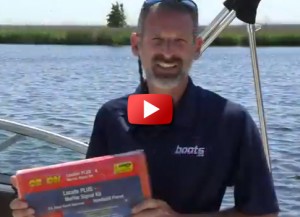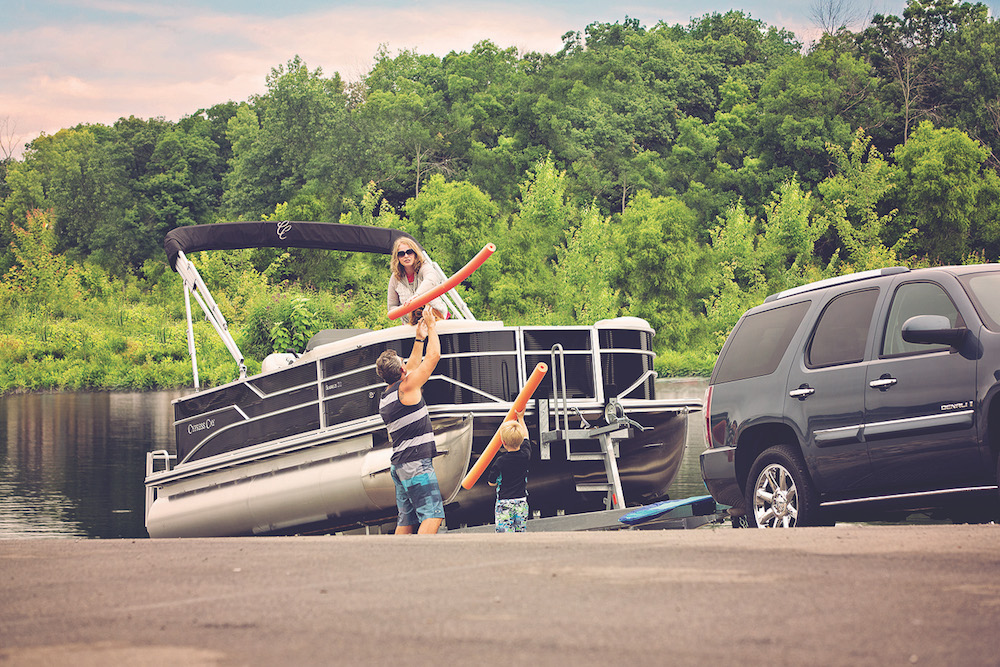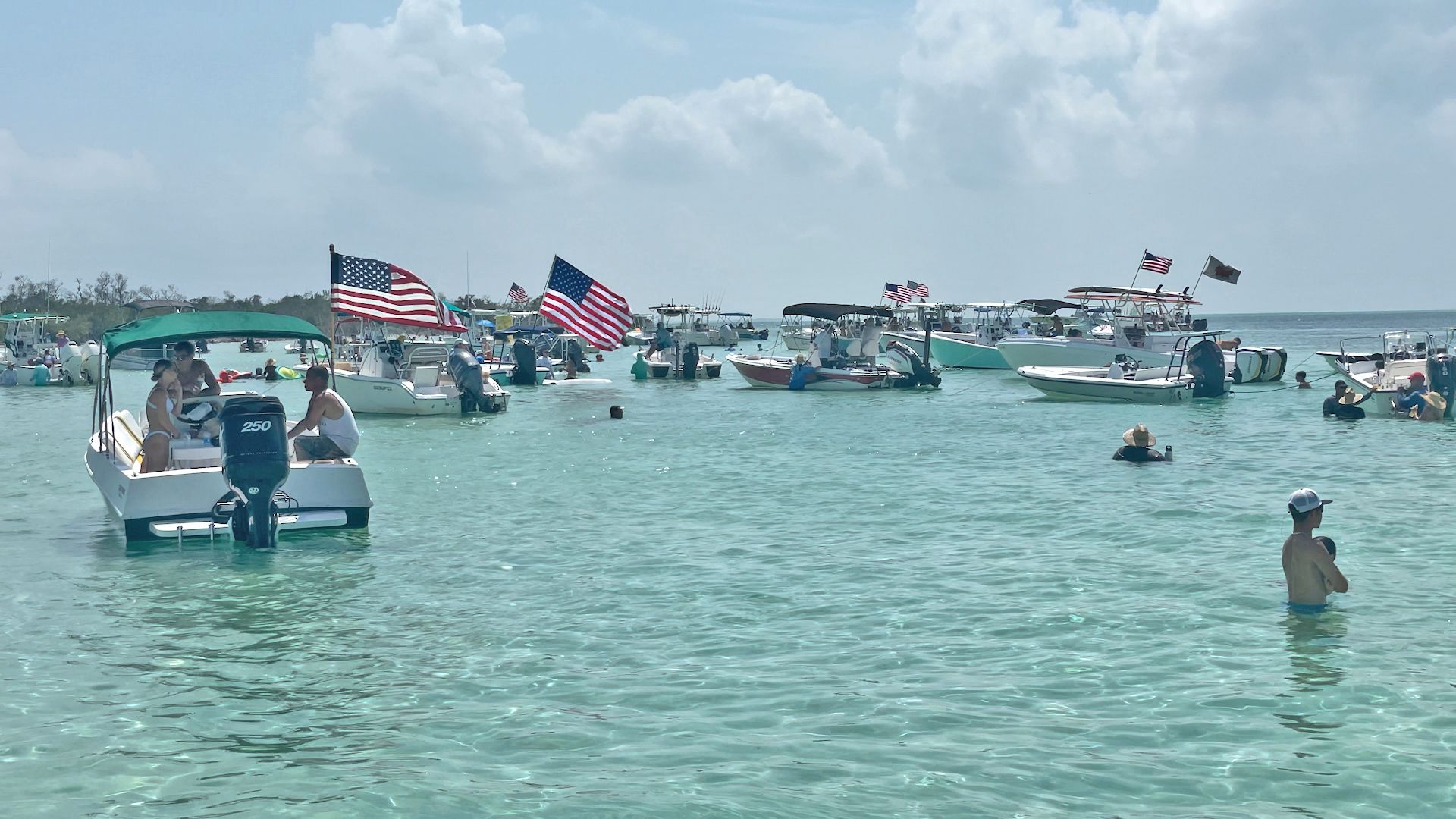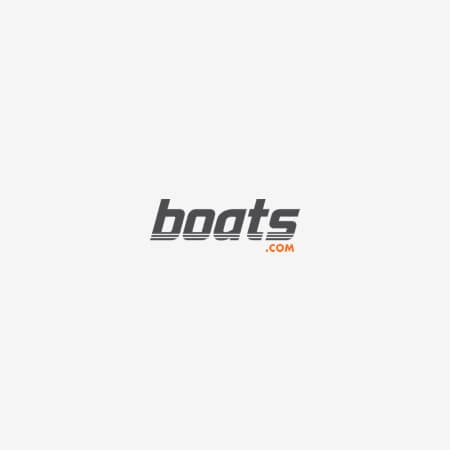10 Tips to Make Sure Your Safety Gear is in Order
Whether you’re an old salt or a brand new boater, you need to make sure your safety gear is in order.
Being safe is a priority on every boat, and that’s why we bring you articles and videos ranging from How to Use a VHF Radio to Shock Hazard Protection from Shore power Systems. For every boater, no matter what type of boat you own or how long you've been on the water, safety begins with some basic must-have gear. Ready to make sure you have yours in order? Let’s go through the safety gear check-list.
1. Lifejackets – You need to have at least one, in good condition and properly sized, for everyone onboard. Approved inflatable PFD’s count, but only if you’re actually wearing them at all times. And if you’ll be going offshore or through rough waters, consider upgrading them to the Type III variety.
2. Throw Ring/Cushion – A throw-able PFD (Type IV) is also a must-have. Keep this on-deck and easily accessible at all times, so if someone falls overboard, you can quickly toss it to them. If your Type IV is more than a couple years old, grab the straps or ropes and give them a good tug. If you can rip or break them, the PFD needs to be replaced.
3. Sound Signal – On many boats, this will be a built-in horn. In other cases, you’ll need to carry a whistle, or an air horn. Yelling doesn't count.
4. Fire Extinguisher – One or more fire extinguishers may or may not be required aboard your boat, depending on how it falls into the USCG regulations. We’d say, however, that if your boat has an engine or stove of any type, you should keep a fire extinguisher handy.
5. Flares – Visual signals may or may not be required by law depending on where you take your boat, but again, we think these are a necessity onboard. And don’t forget, they have a limited life-span. Check at the beginning of each and every season, to make sure yours are current.
6. Nav Lights – This is another item that is required for some boats, but not all of them. Usually, if they’re required the boat will have been built with them. In some other cases, you can take portable lights with you and mount them on the boat when needed. In any case, test your lights before any trip when you think there’s a possibility you’ll be on the water after dark.
7. First Aid Kit – Although it’s not required by law, a first-aid kit is an absolute necessity aboard any boat. When you’re out on the water you may not be able to get to help for several minutes or even hours, so make sure you have plenty of first aid basics safely stowed onboard.
8. Extra Food and Water – Even inland and near-shore boaters should always have an emergency supply of food and water, even if it’s just a granola bar and a plastic bottle. You never know when mechanical difficulties could leave you stranded, or force a long hike back to the boat ramp.
9. Safety Talk – Whenever you take out guests, be sure to start the trip with a safety talk. Show them where all of this gear is stowed, and how to use it. Otherwise, valuable time may be lost during an emergency.
10. Kill Switch – If your boat came with a safety lanyard and kill switch, make sure you use them. If you’re thrown from the helm and the engines keep running, the rest of the safety gear won’t help you one bit—as you watch it cruise away with no one at the wheel.












